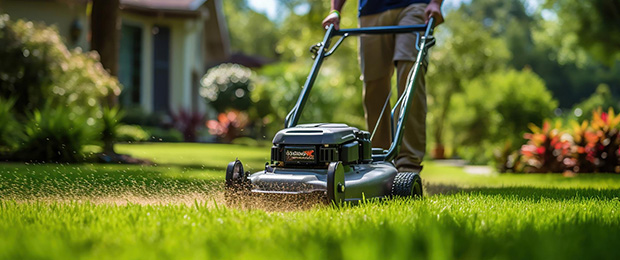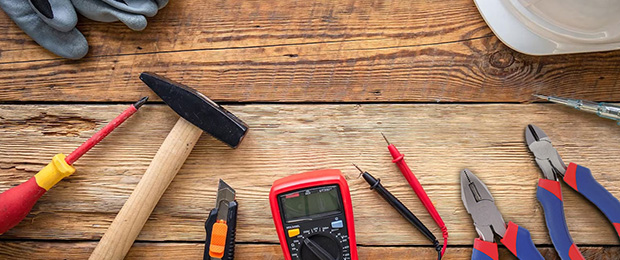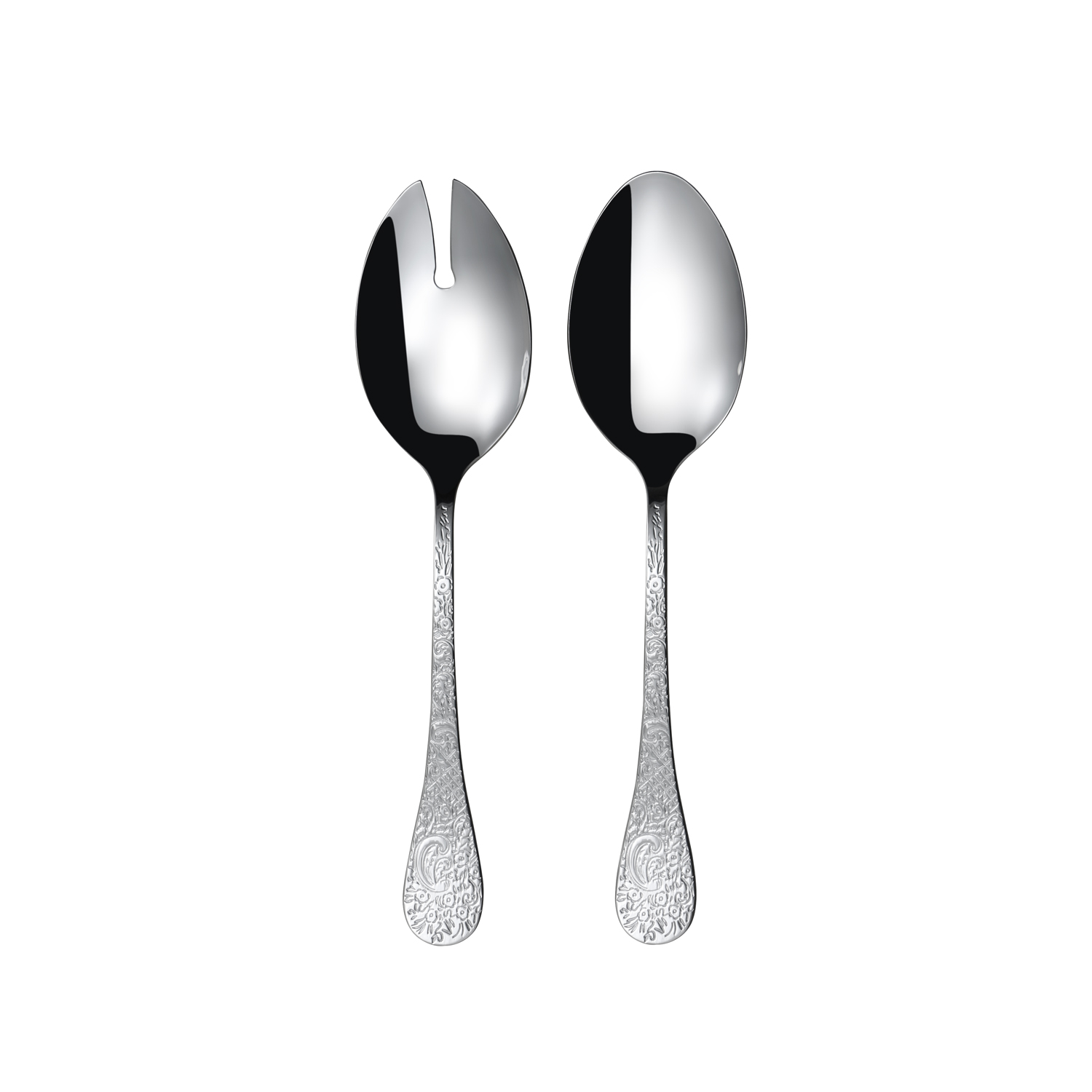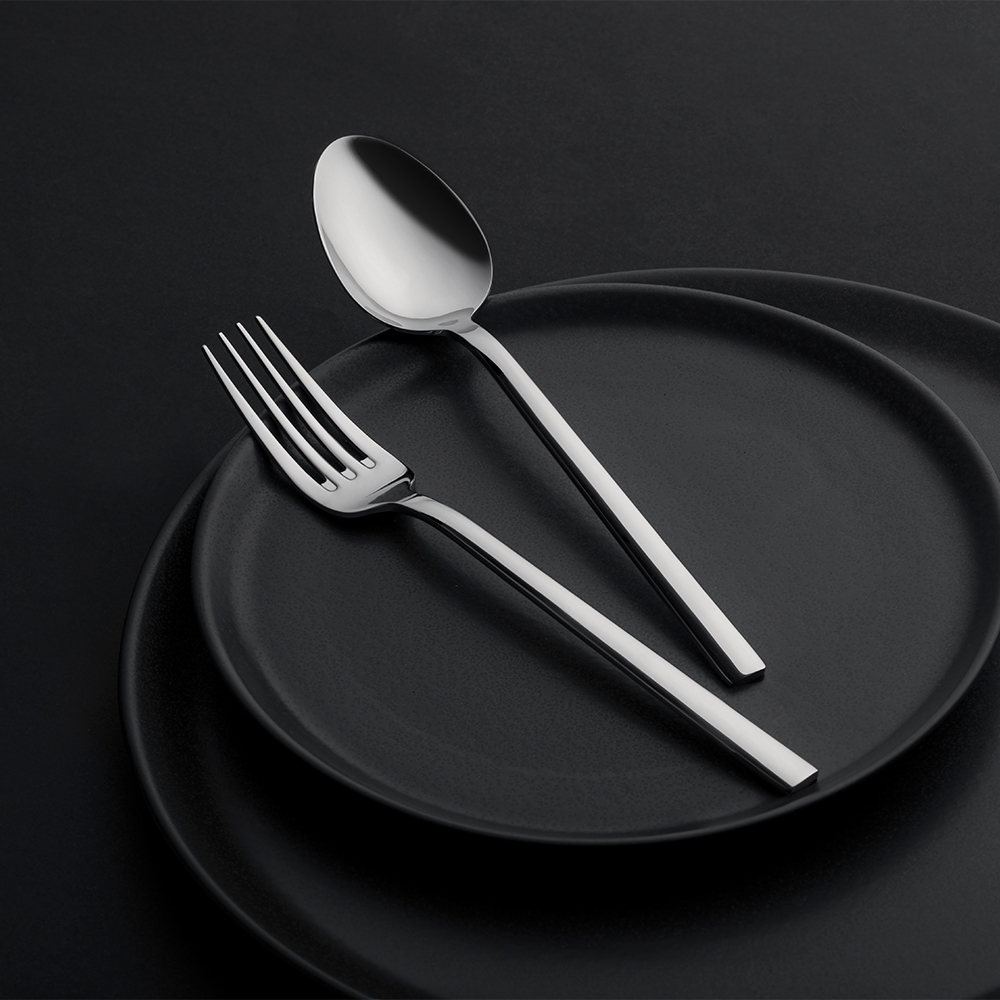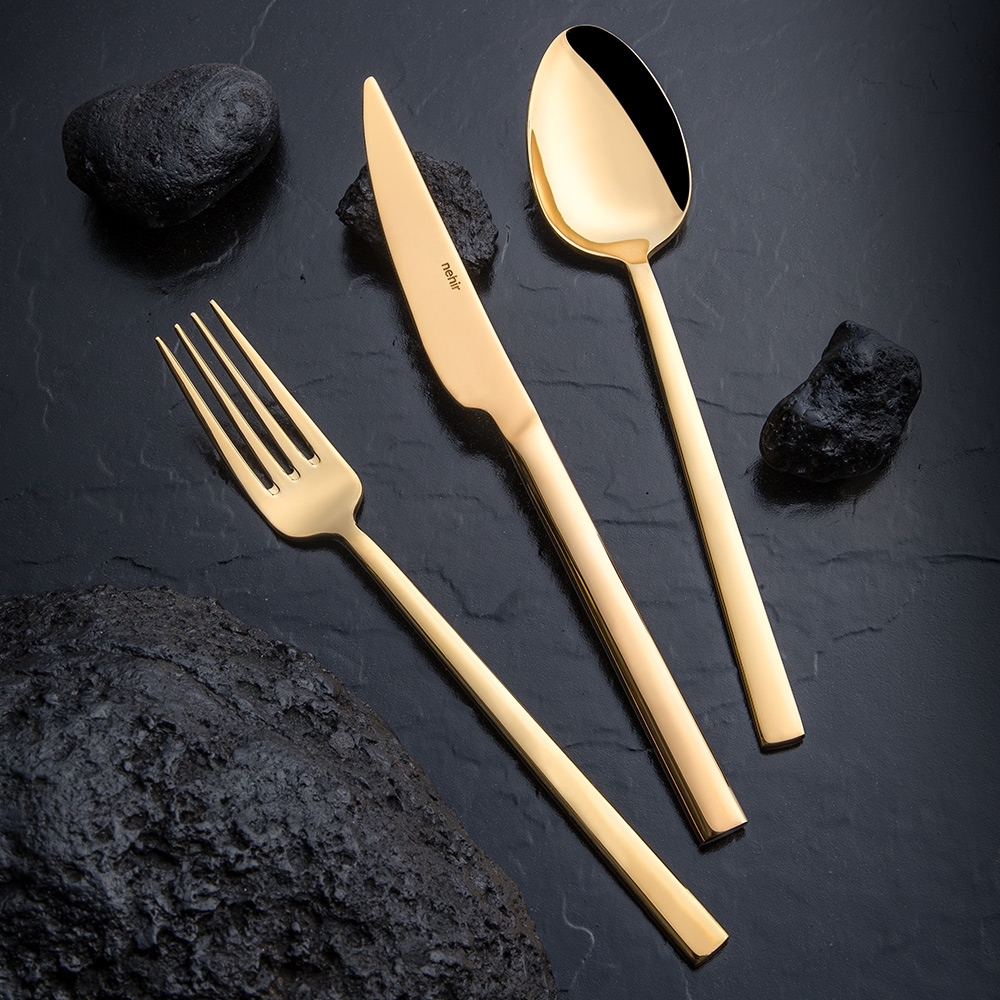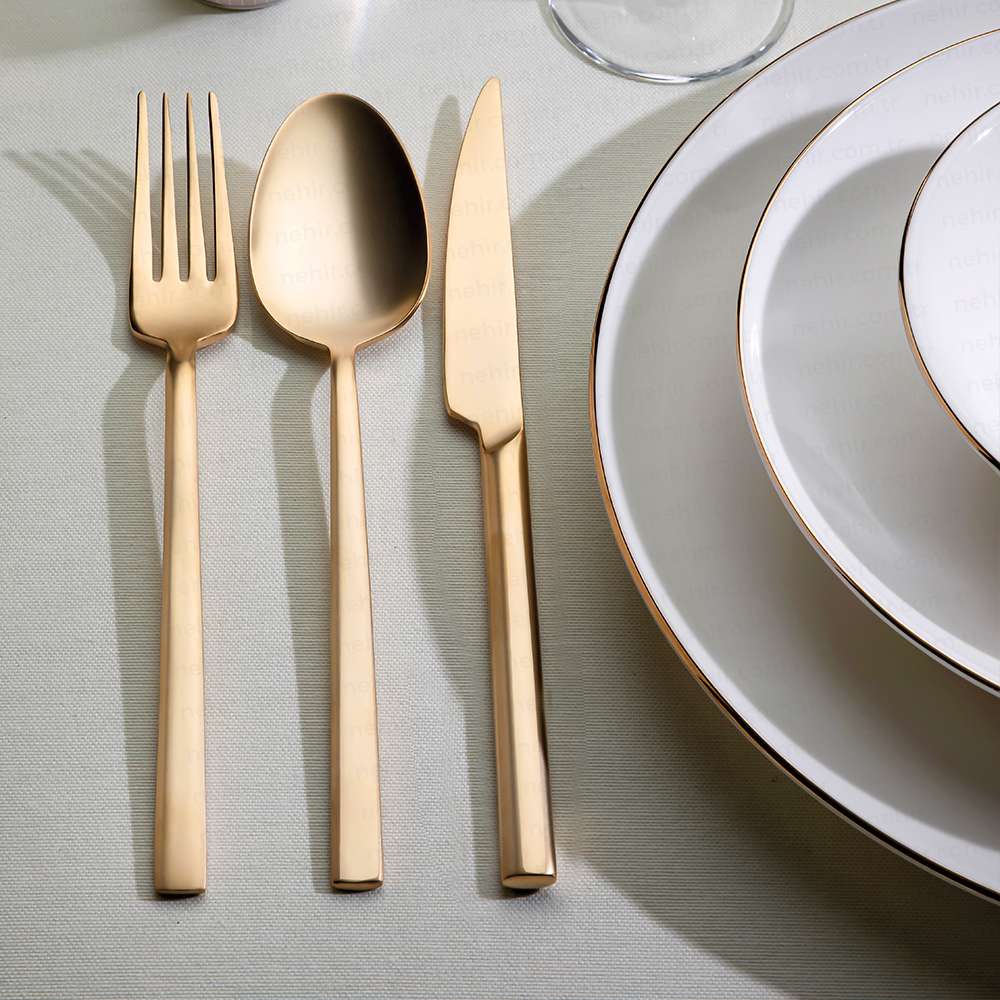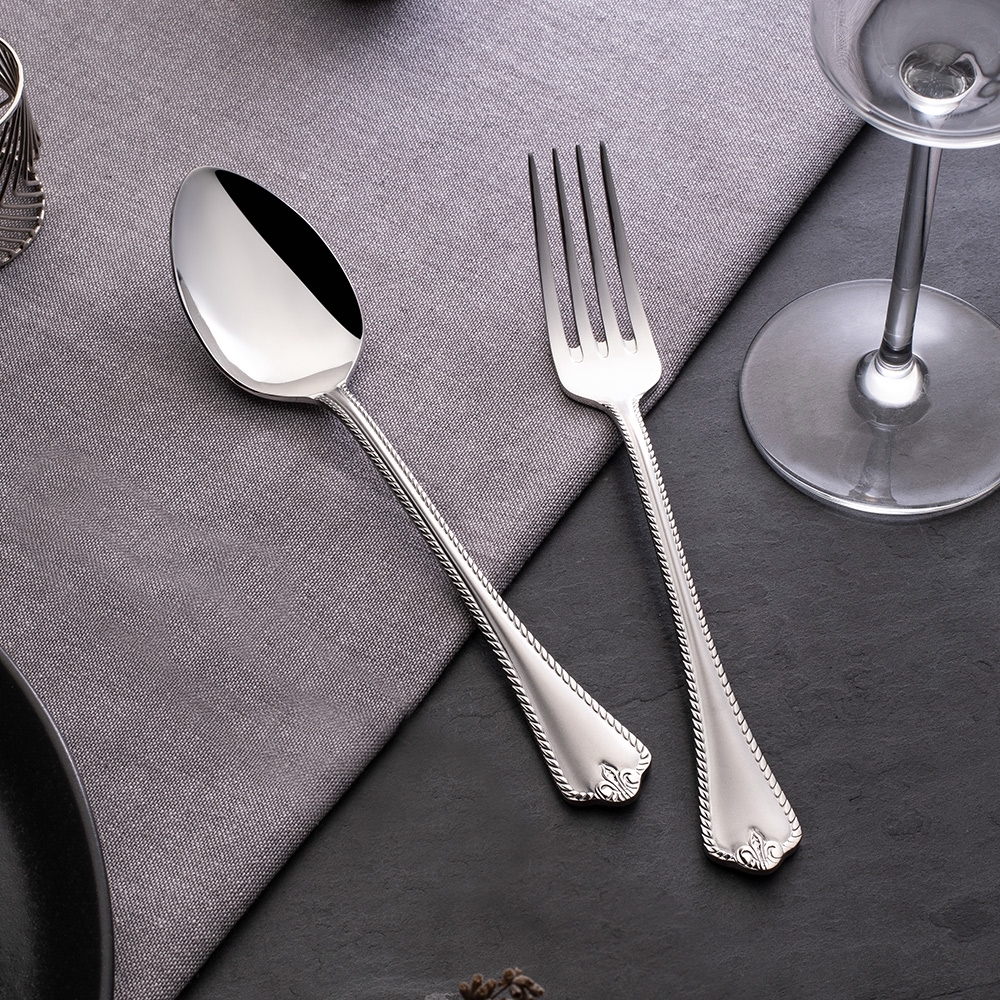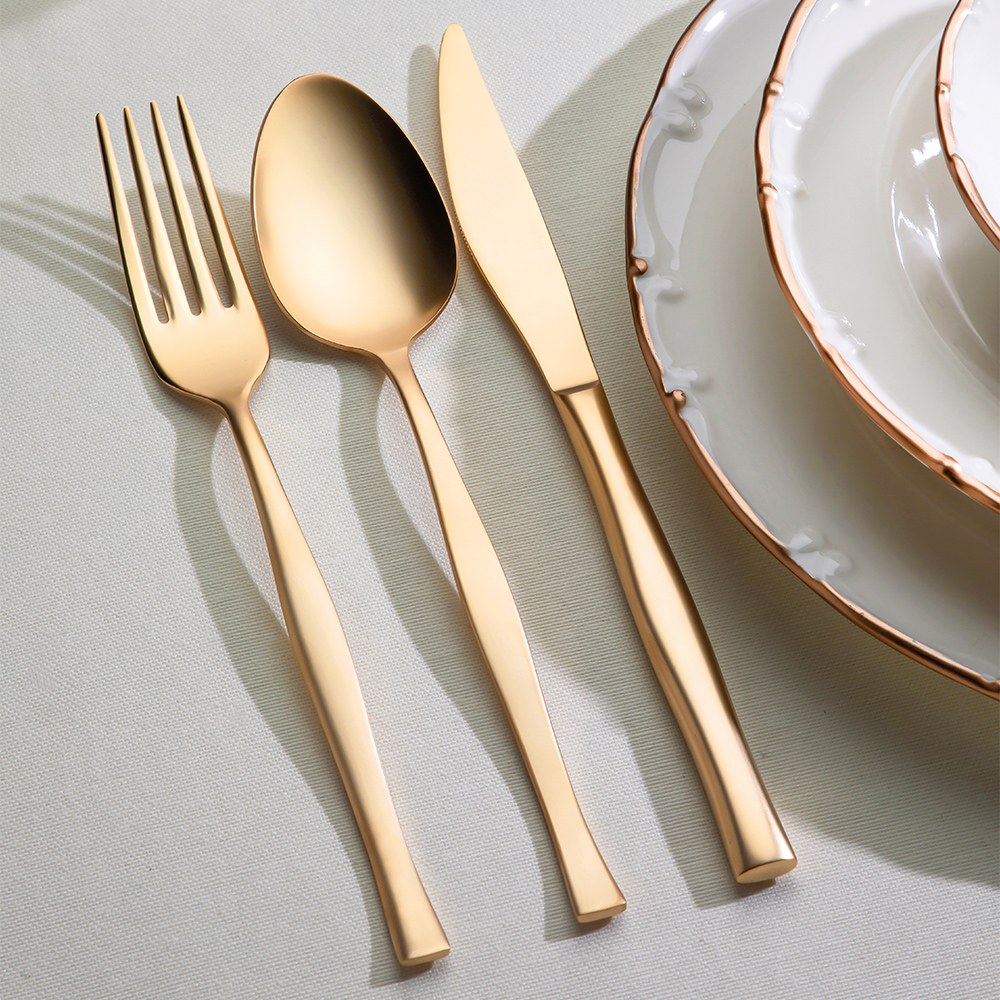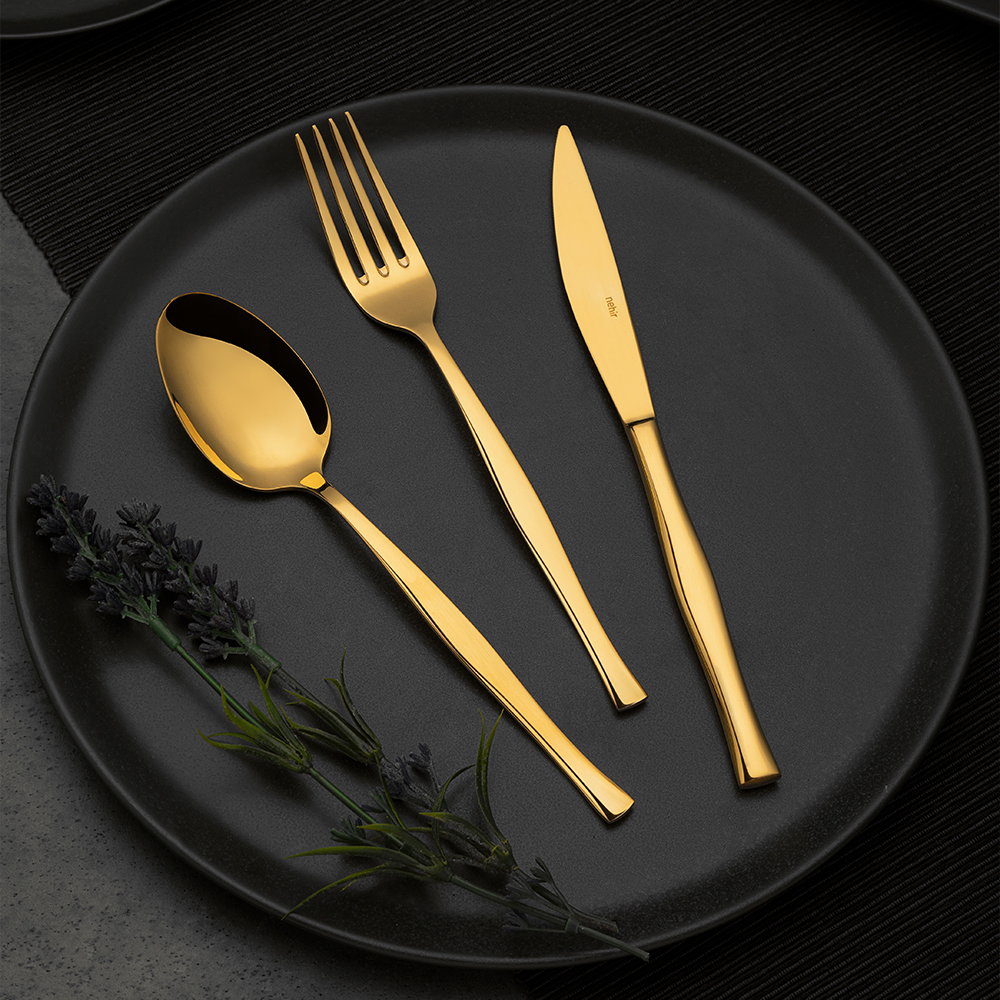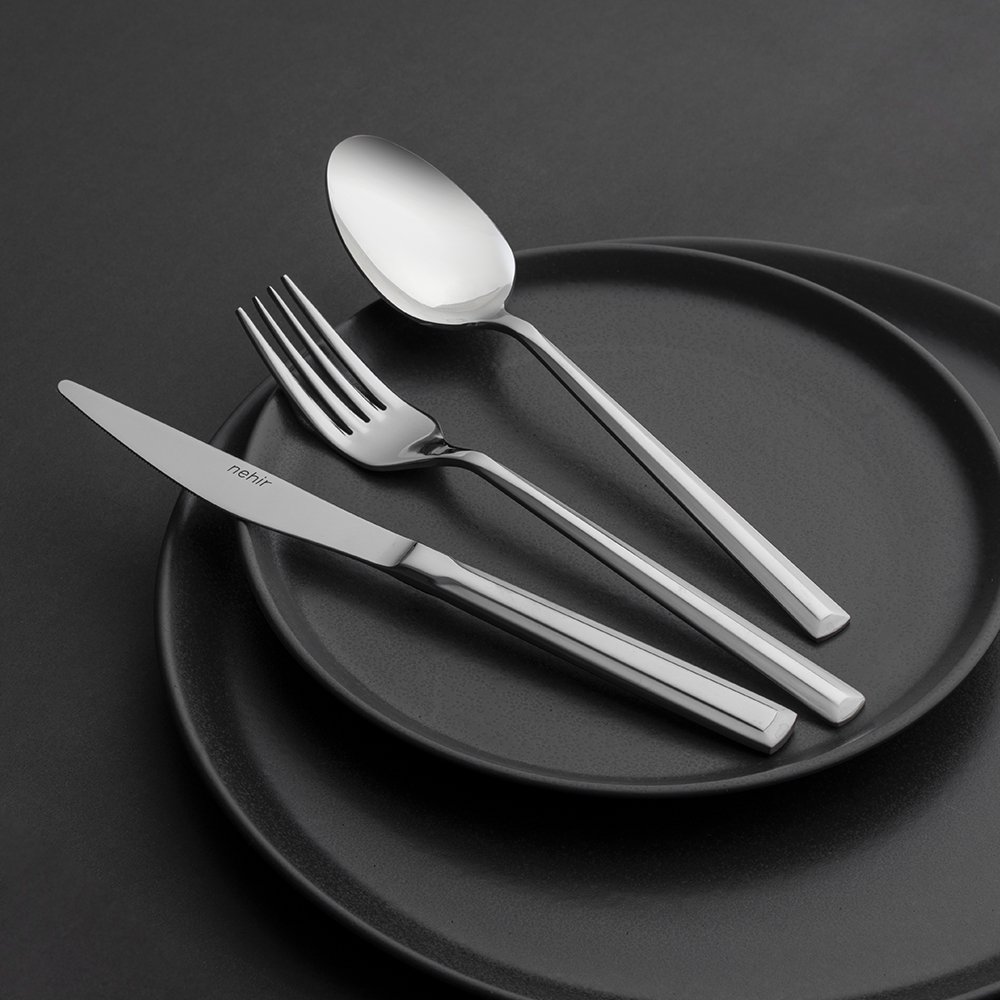Description
Betty
CUTLERY
Influenced by the art style Rococo, developed in Europe during the 17th century, where the subtlety of the lines contrasted with the excess and sumptuousness of the Baroque style, our model Betty promotes a journey back in the time when the refined touch, the sensuality and exoticism were a reality at the table.
Mostly produced in Aisi 304, through a restricted selection of raw materials, this cutlery line has in every detail exhibited the history, attention and dedication of a refined craftsmanship essentially guided by a close commitment of the proposed quality and the characteristic design of the period between 1710 and 1780.
MANUAL CLEANING
• After used, each piece of cutlery should be washed as soon as possible to avoid a long contact
with food waste or scraps.
• Use hot water, light detergent and a soft sponge.
Abrasive sponge/clothes should be avoided, as they might promote irreversibly scratches and or
coating lost.
• After washing, always rinse and dry the flatware immediately with a soft cloth.
DISHWASHER
Washing the items immediately after use is highly recommended, removing all the food waste and
as well as rinsing them before placing inside the machine.
• Use only quality proven detergents with a maximum of 10% phosphates.
• Do not load too many pieces of cutlery in each basket, to avoid as much clash between them as
possible during the whole washing cycle.
• Make sure all knives are placed together in the same basket with blades up and separated from
the remaining pieces of cutlery. Spoons and forks should be also placed in the baskets with the
handles facing down.
• Never mix in the dishwasher, cutlery in stainless steel with items from other metals.
• It’s highly recommended that each washing process is made under 60ºC.
• Once the dishwasher has completed the washing cycle, it’s strongly recommended to remove all
the cutlery pieces immediately, cleaning them with a soft cloth, especially the knives.
STORAGE
Cutlery should always be stored in a dry place, and locals that promote as less contact between
them as possible. Storing the pieces without cleaning/drying them, or even in humid places, can
promote the appearance of spots in the products.
STAINS REMOVAL
Stains can be removed from pieces mirror or mat polished placing them immersed for fifteen
minutes in hot water solution with citric acid. This solution should be prepared with a tablespoon
of citric acid per liter of water. Citric acid may be bought at any fine pharmacies or grocery dealer.
PVD
Technology of decorative coating by PVD (Physical Vapor Deposition) consists on a thin ceramic high
adhesion coating, with controlled thickness between 0.5 and 1.5 microns, deposited by highly ionized
plasma in a high vacuum chamber under a nonpolluting process.
• Anti allergic: Protection of direct human contact with the substrate, preventing allergic reactions to
different components, such as nickel.
• Biocompatible, significantly reducing bacterial adhesion and proliferation.
• Resistance to wear and corrosion, increasing the lifetime of the items, being expected that usage marks to
appear, as well as the density of the coating/color change according to the care/usage.
All items coated with PVD should be washed by machine and never with a sponge or abrasive cloth.


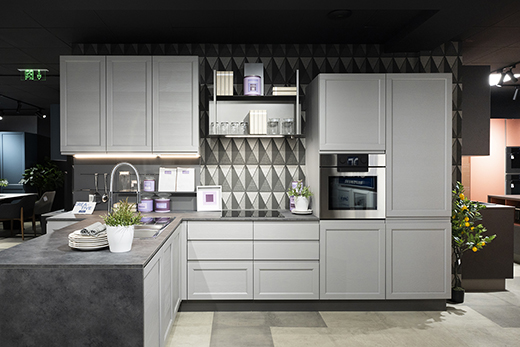


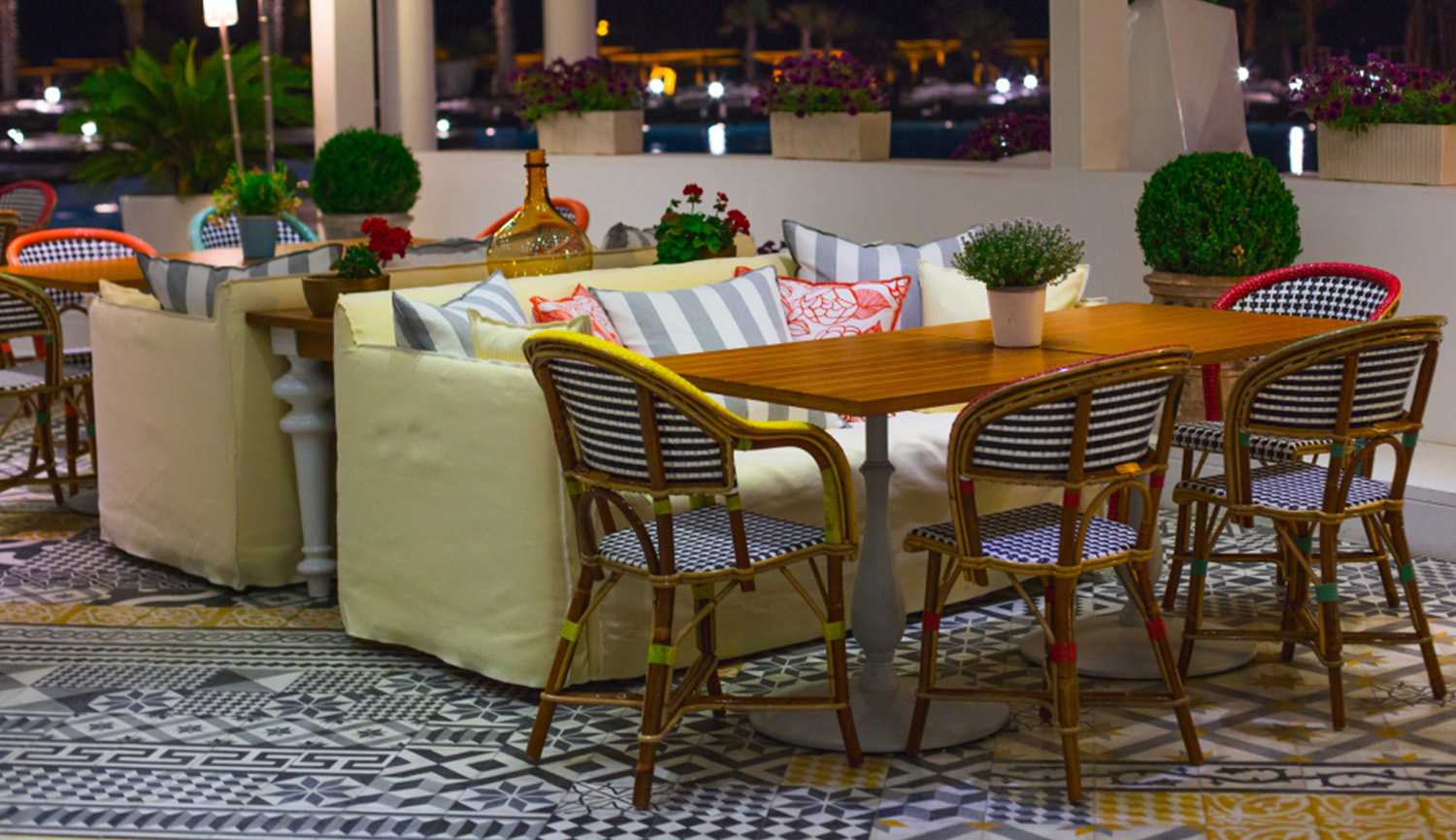


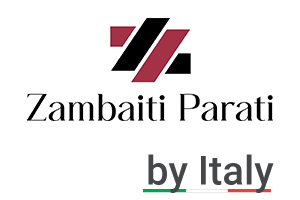


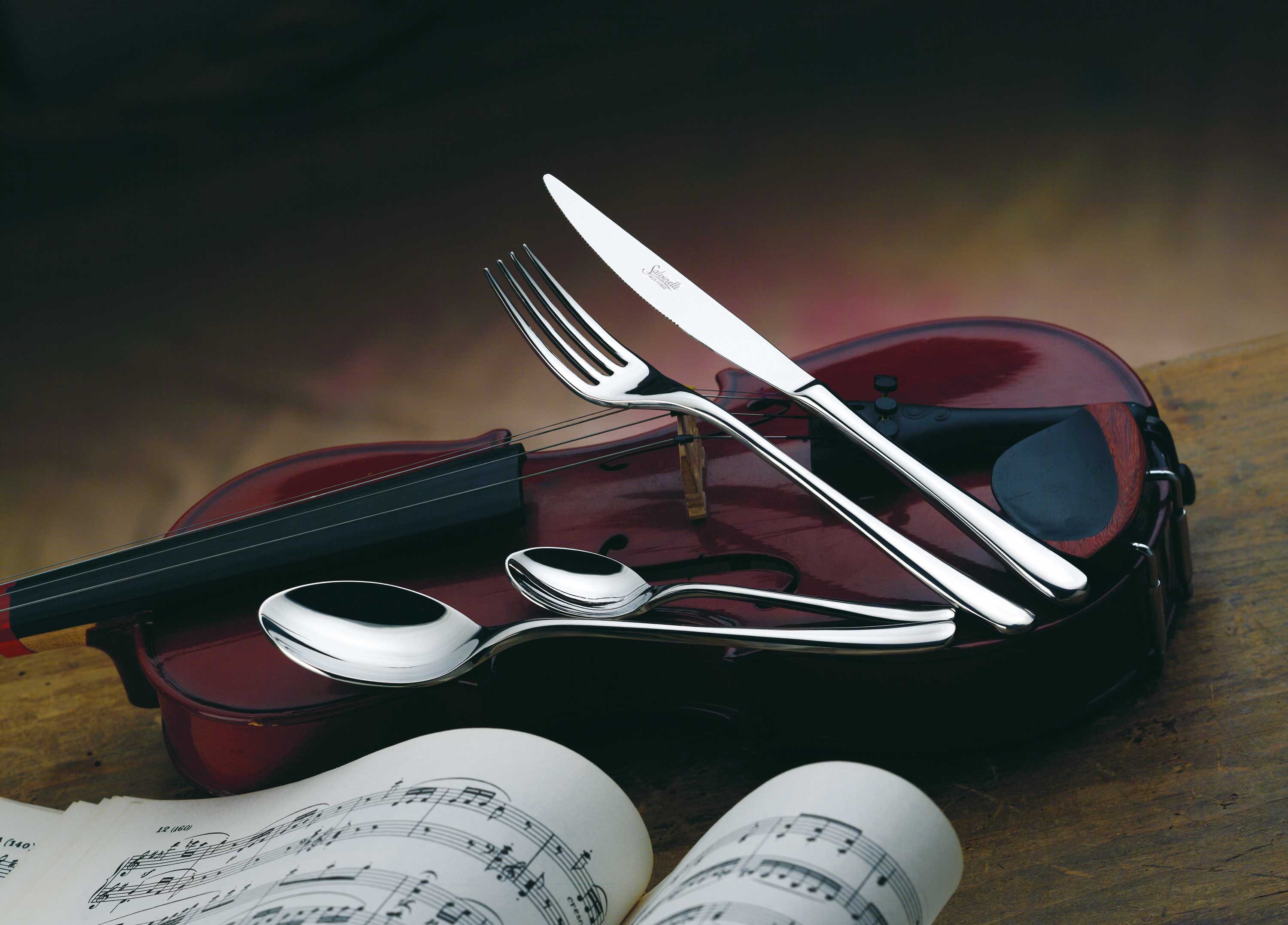

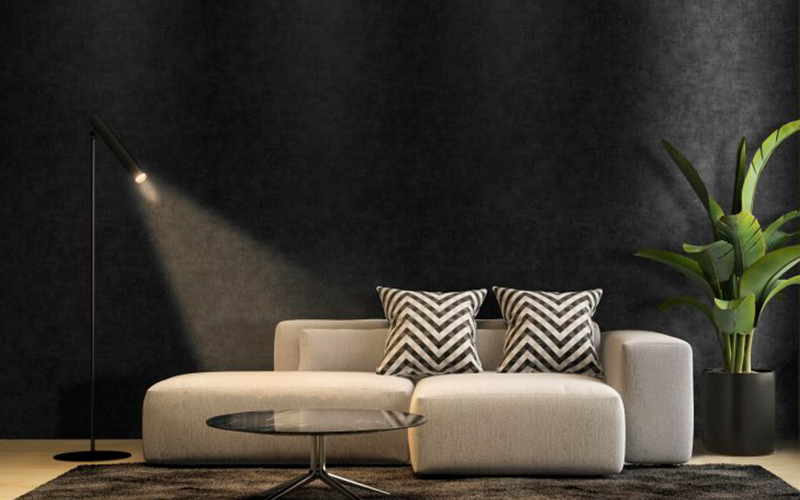

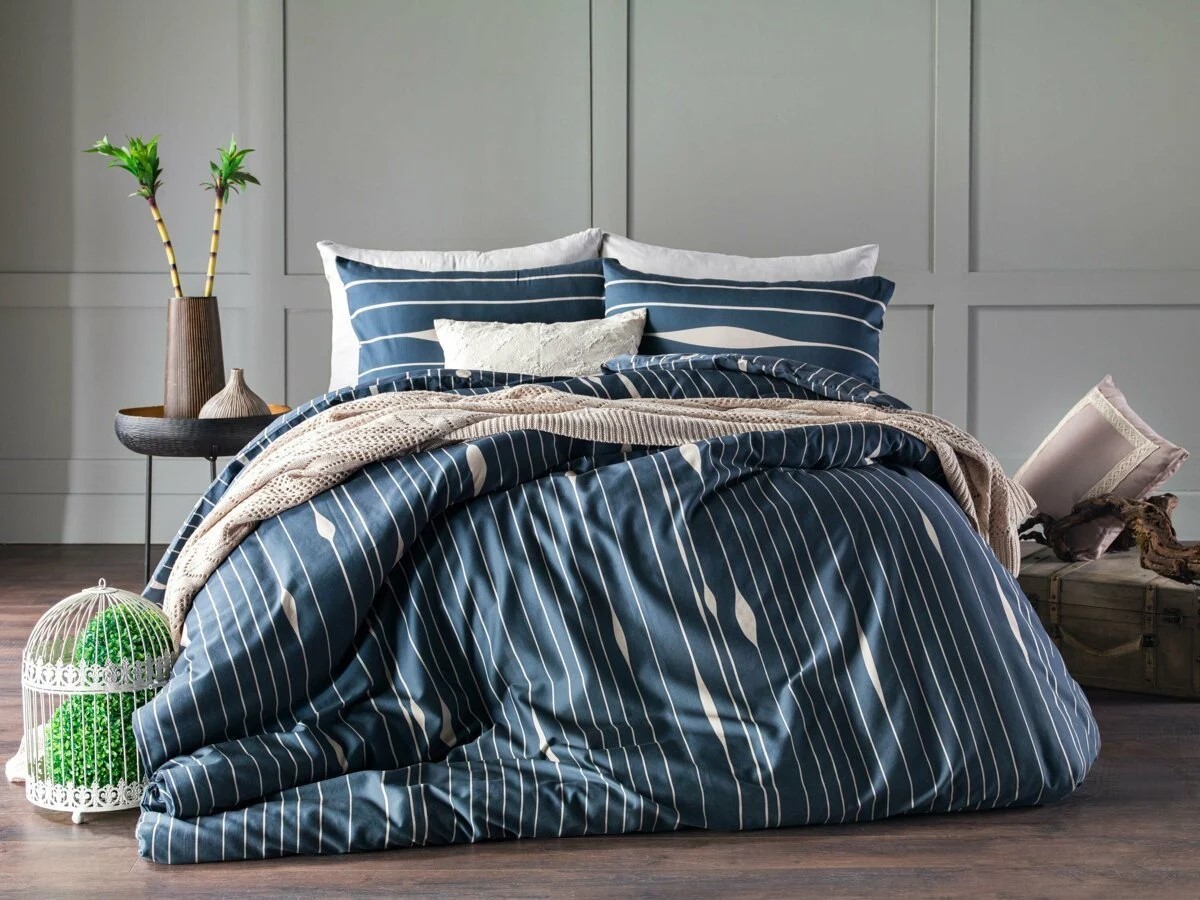



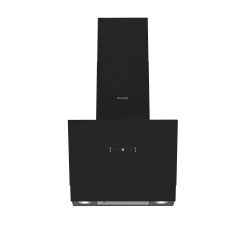
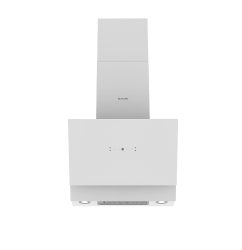
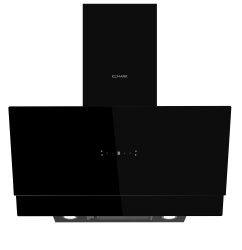
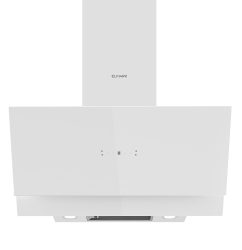



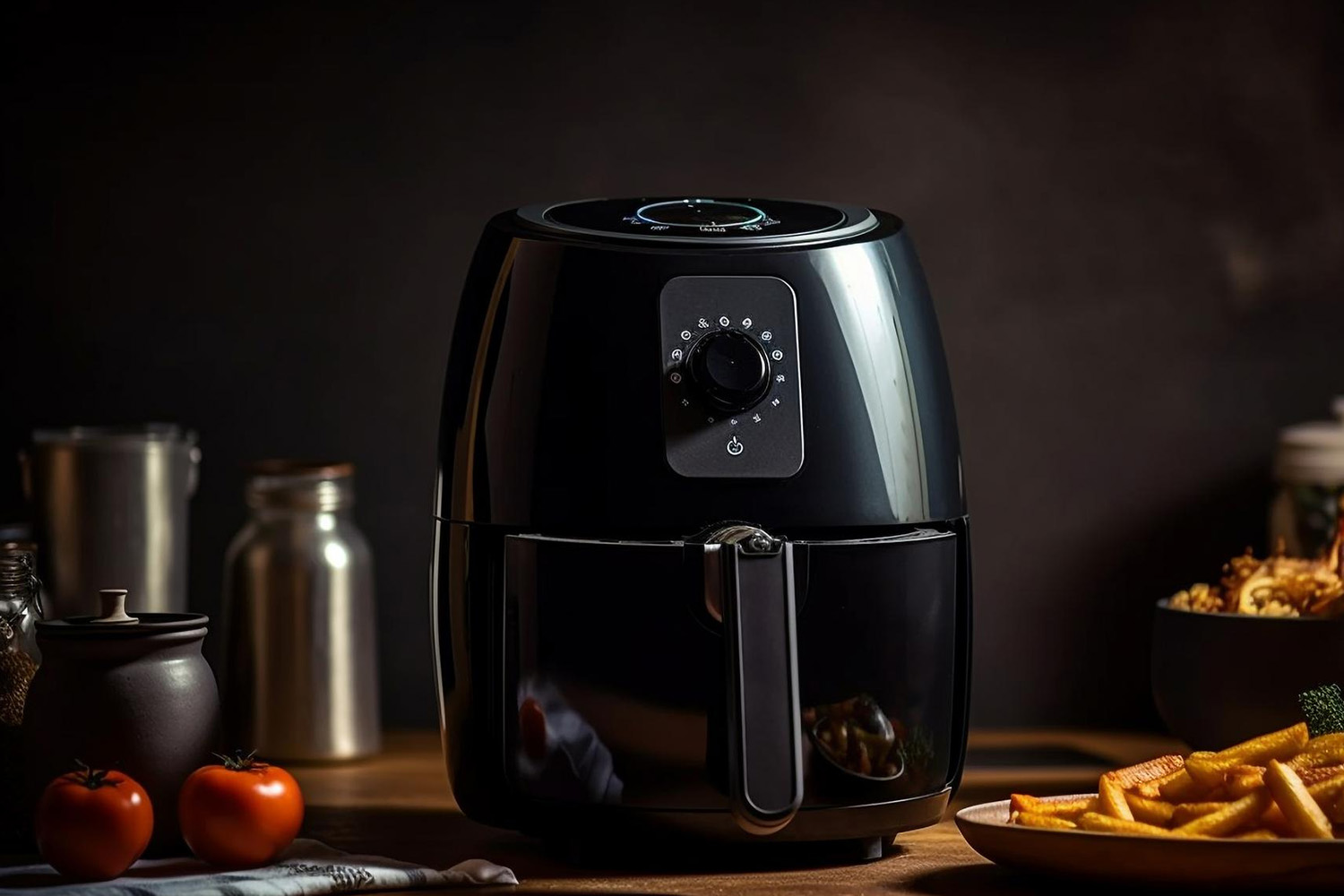
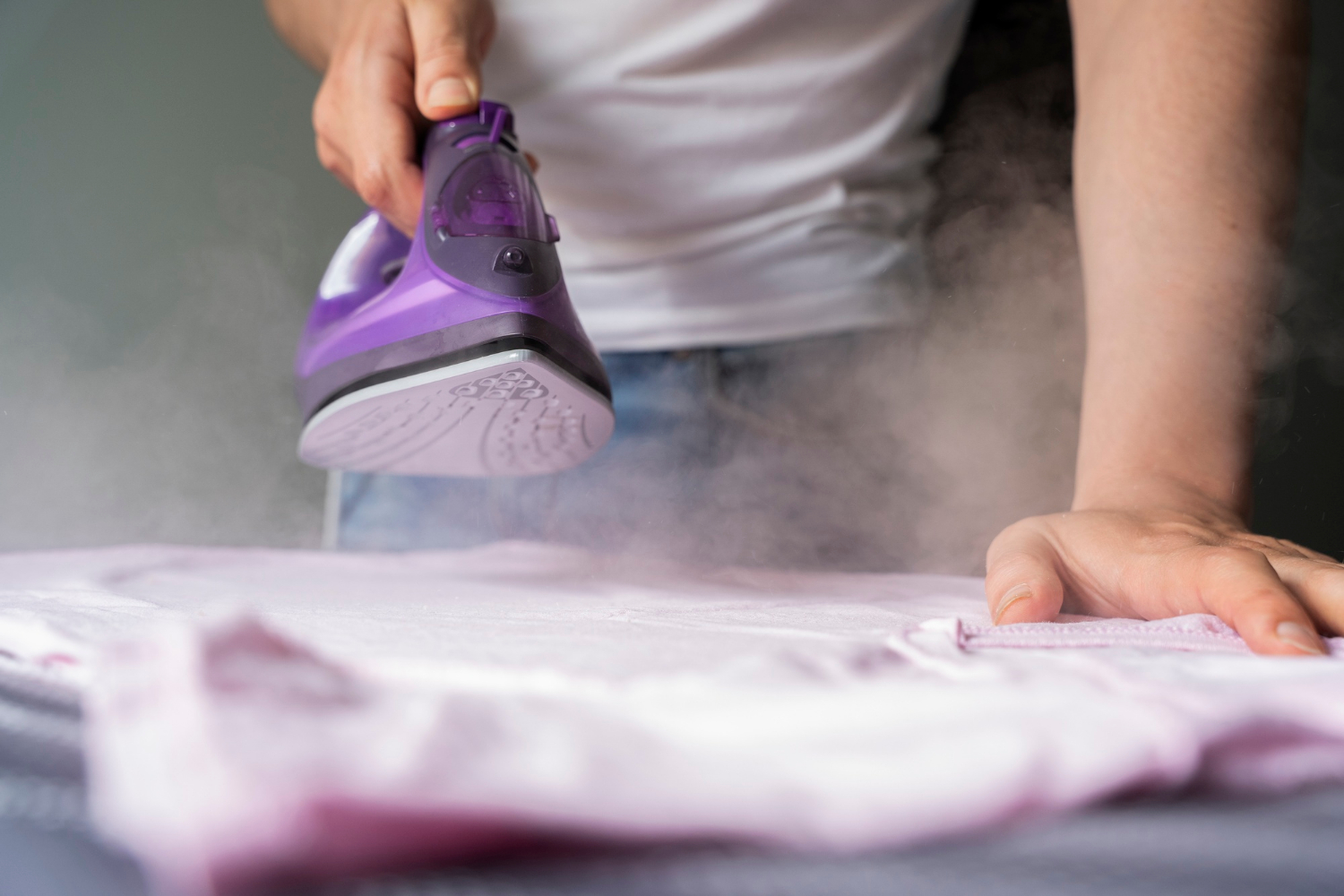
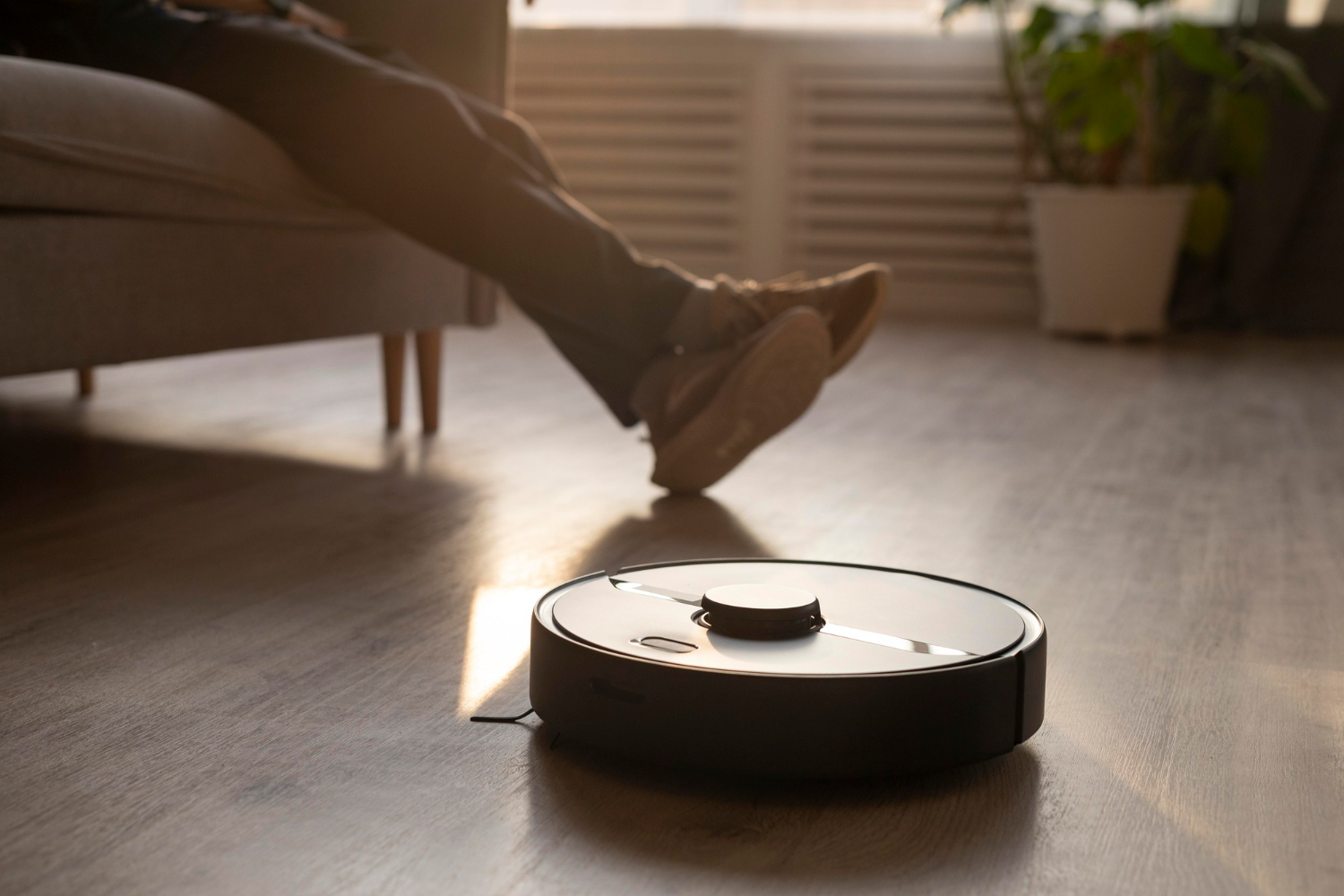


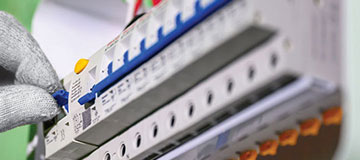






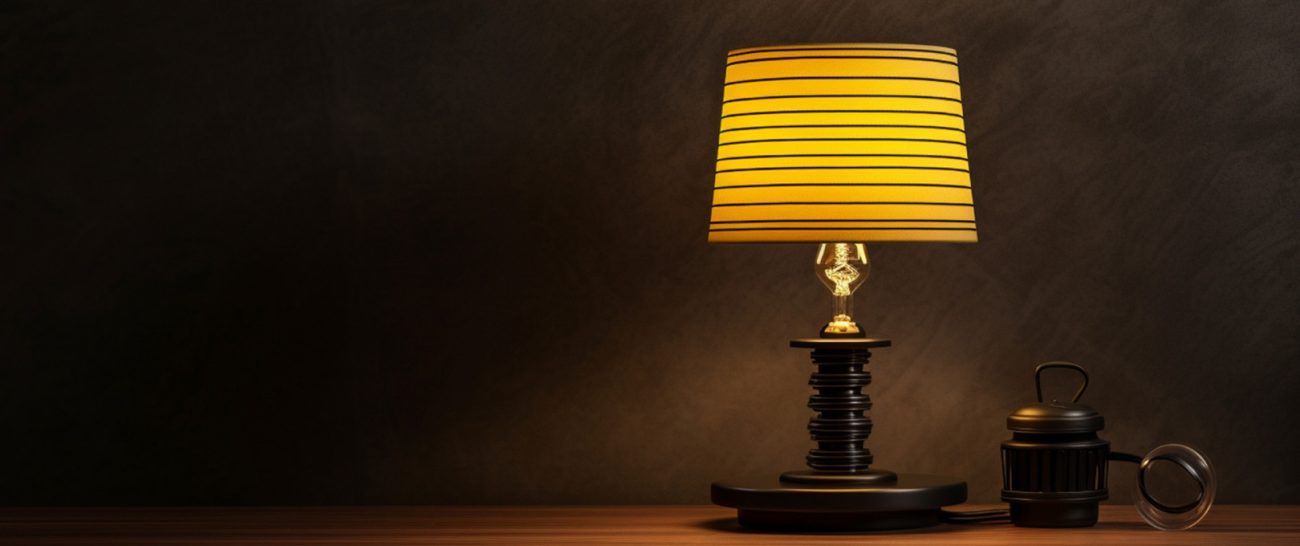
 Italian LUXURY Lighting
Italian LUXURY Lighting







